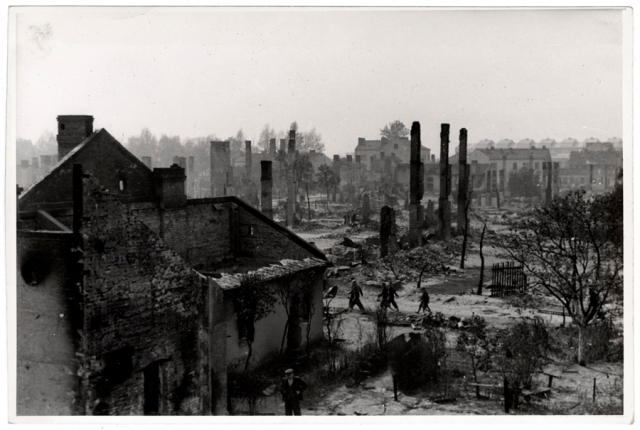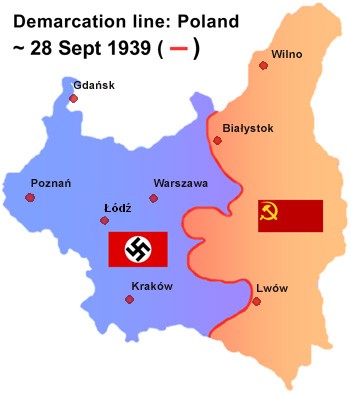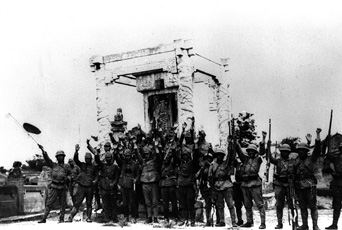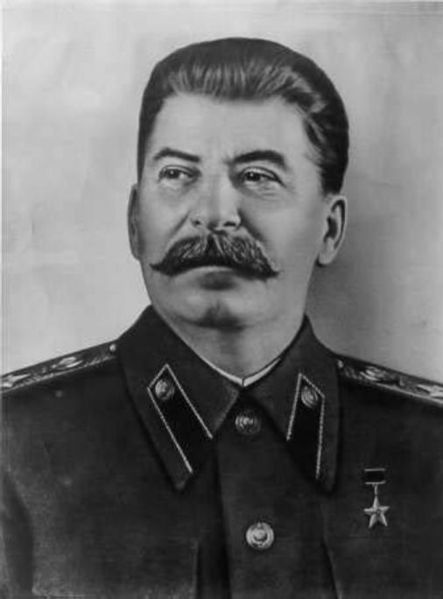When Did World War Two Begin?
While the easy and most accepted answer is September 1, 1939, other dates are in contention for that horrible honorific. On that date, 1.5 million German troops invaded Poland from three sides.
On September 1, 1939, Nazi Germany invaded Poland. Three days later, Britain, France, and Canada declared war on Germany in support of the embattled Poles. On September 17, 1939, the Soviet Union, acting in concert with the Nazis, invaded Poland from the east. By October 6, 1936, the German and Soviet invasion of Poland was complete. The last of the Polish forces had been defeated or driven into exile.
While the Polish government and those troops and airmen who had escaped continued to fight on alongside Allied forces in other theaters, the nightmare inside Poland was just beginning. Poland would suffer over six million deaths in World War Two. The vast majority of these came as a result of the Holocaust, but many were also battle deaths, as ethnic Poles and Polish Jews resisted the Nazi occupiers. The Soviets were also responsible for many Polish deaths, both in their initial invasion and also when they returned in 1944 and 1945 to drive out the Germans.
Poland suffered the highest population loss of any nation in World War Two as a percentage of the nation’s pre-war population.
While World War Two in Asia is often said to have started with the Japanese invasion of China in 1937, for Europe, World War Two began on September 1, 1939.




